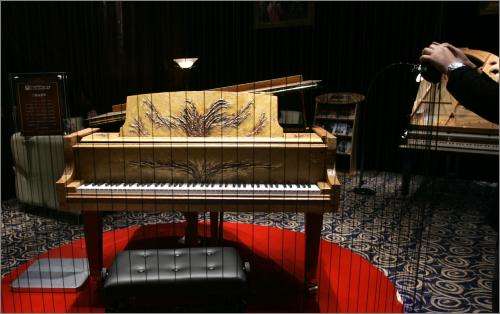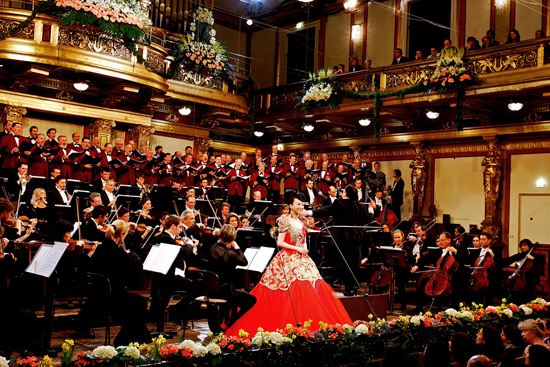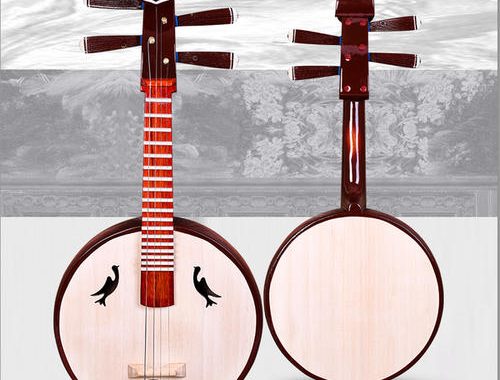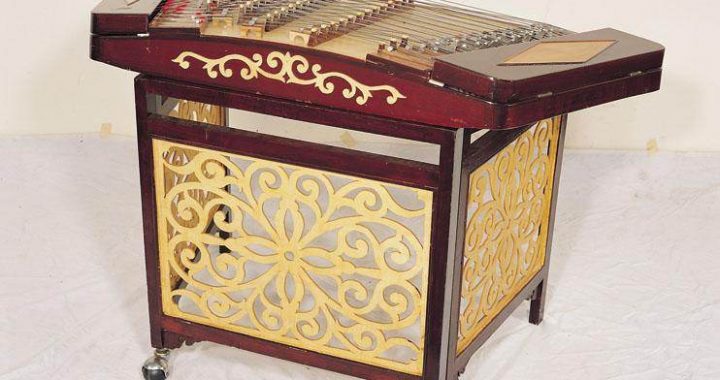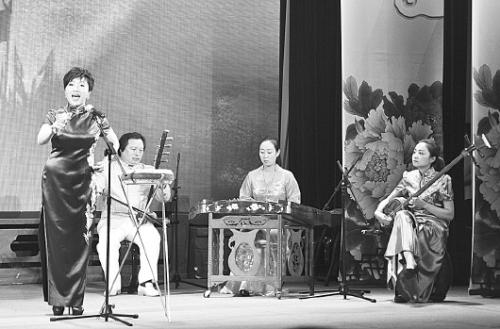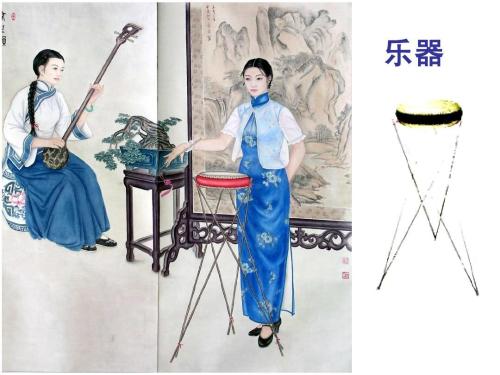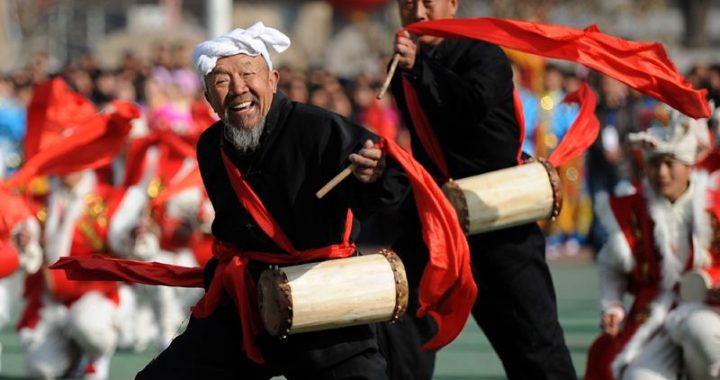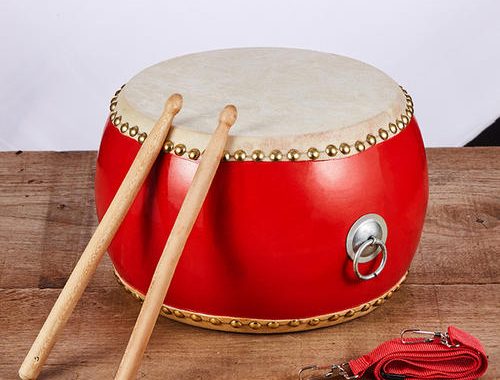Bajiaogu (eight-sided tambourine)
2 min readDanxian is another type of Quyi (vocal arts) popular in Beijing, Tianjin, Hebei Province, and northeastern China. Danxian is performed by one person who sings while keeping rhythm with a bajiaogu (eight-sided tambourine), while another provides musical accompaniment on the sanxian (three-string lute). This art form is also known as Bajiaogu, after the bajiaogu (eight-sided tambourine) that is its main instrument.
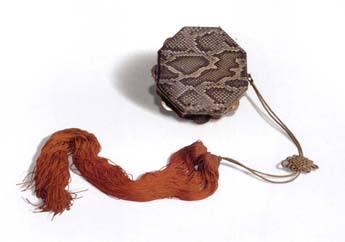
The bajiaogu is a small, flat percussion instrument with an octagonal frame, covered on one side with a hide drumhead. Pairs of small brass cymbals are attached to seven of the eight sides of the frame, produc-ing a clear, ringing tone when the tambourine is shaken or struck. Originally used in the Bajiaogu opera of the Manchu ethnic group, the bajiaogu is now used to accompany Danxian performances.
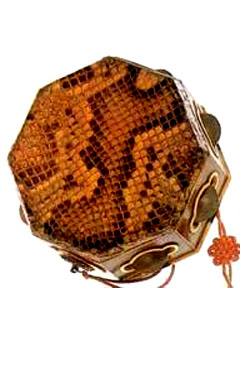
Sihu (four-string fiddle)
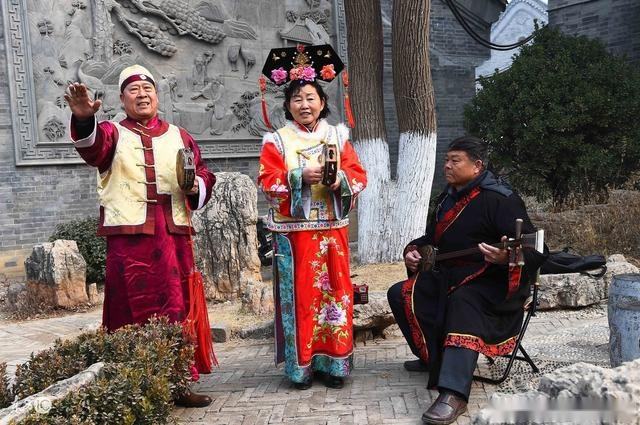
Tianjin Shidiao is another distinctive form of Quyi (vocal arts) popular in the greater Tianjin area. One per-son stands and sings, accompanied by a variety of musical instruments. Originally these were limited to the sanxian (three-string lute) and sihu (four-string fiddle), but now the sheng (reed pipes), yangqin (ham-mered dulcimer), and various bass instruments have also been added to the ensemble. The sanxian (three-string lute) and sihu (four-string fiddle) are the main instruments of this vocal art forrn. The sihu (four-string fiddle) is a type of huqin bowed string instrument, popular throughout Inner Mongolia, northeast China, and northern China. The sihu closely resembles the erhu (two-string fiddle). It is approximately 88 centimeters long, with a wooden body and brass soundbox. It has four tuning pegs and four strings,tuned in pairs. The bow is strung with horsehair which is divided into two strands. One strand is threaded between the first and second strings, and the other between the third and fourth strings. In this way, when the instrument is played, each strand of the bow causes two strings to sound simultaneously. In addition to accompanying narrative song performances, the sihu is also often used to accompany song and dance.
